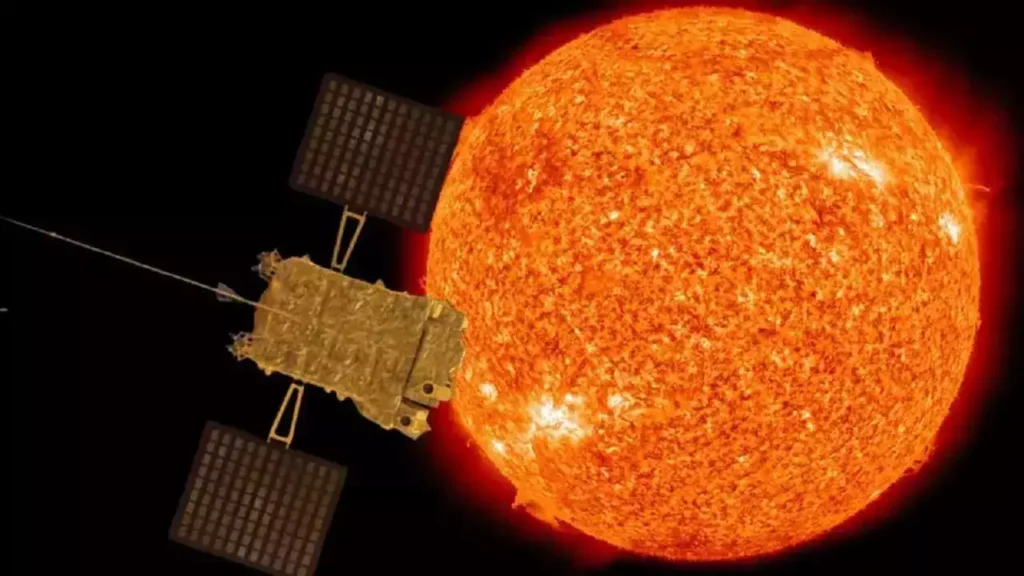Using the satellites Aditya-L1 and Chandrayaan-2, ISRO keeps an eye on solar eruptions by tracking flares and X-ray payloads. GPS and communications systems are disrupted by the strongest solar storm since 2003.

Signatures of the recent solar eruptions have been recorded by the Indian Space Research Organization (ISRO) from Earth, the Moon, and the Sun-Earth L1 Point. The ISRO reports that signs have been examined and observations have been made by both Aditya-L1 and Chandrayaan-2.
Aditya-L1 observes Solar Eruption from L1
Several X- and M-class flares from these locations have been witnessed by the X-ray payloads on-board Aditya-L1 (SoLEXS and HEL1OS) during the previous several days, and the in-situ magnetometer (MAG) payload has also recorded these events as it has passed by the L1 point.
What Chandrayaan-2 captured
The Chandrayaan-2 satellite has recorded the signs of these solar eruptive occurrences from the lunar polar orbit, while the Aditya-L1 views the Sun from the first Sun-Earth Lagrange point. XSM has seen a number of fascinating things connected to this geomagnetic storm.
The onboard circuitry of the XSM independently detects massive solar flares (> M5 class), which appear as spikes. This occurs when an internal mechanism reduces the incident X-ray flux by placing a filter in front of the detector to prevent saturation.
Although the main purpose of the XSM is to track solar X-rays, it has also been able to offer information on the high energy particle environment in the area by recording the occurrences of crossing the upper level discriminator (ULD) threshold.
Biggest solar storm since 2003
Early in May 2024, a strong solar storm that was sparked by the extremely active area AR13664 struck Earth. A slew of coronal mass ejections (CMEs) and X-class flares were released from this area toward Earth.
With a Dst index of -412 nT, the ensuing geomagnetic storm was the strongest since 2003 and interfered with GPS and communication systems.
Given that the size of the Sun’s flaring zone matched the size of the historically significant Carrington event in 1859, this geomagnetic storm is the strongest since 2003. In the last several days, the planet has been struck by several CMEs and X-class flares.
Impact of solar storm
The ISRO Master Control Facility (MCF) staff remained vigilant and aware of any geomagnetic activity that may affect spacecraft. The magnetic torquer duty cycle varies in response to spacecraft disturbances because of the increasing buildup of disturbances that cause frequent momentum dumps.